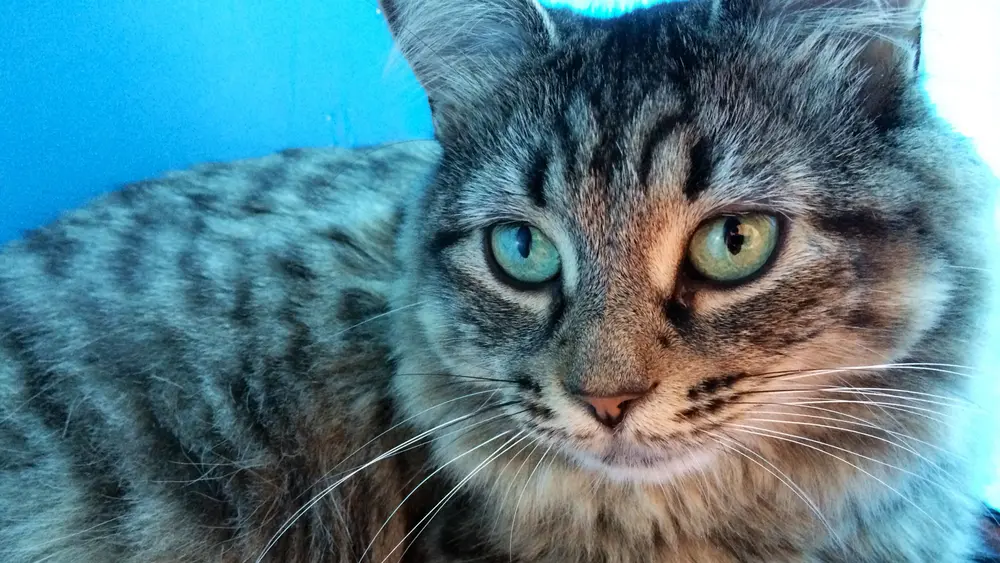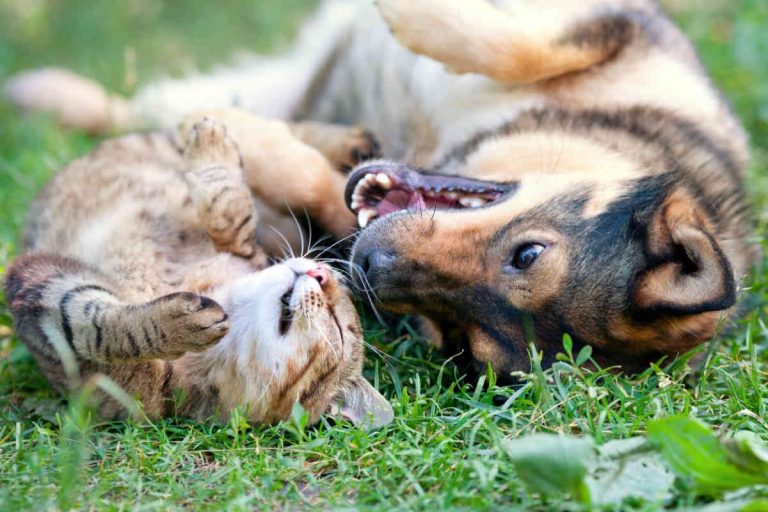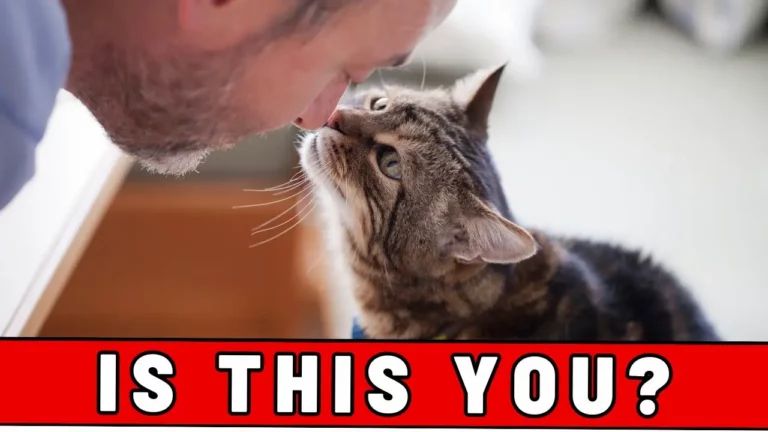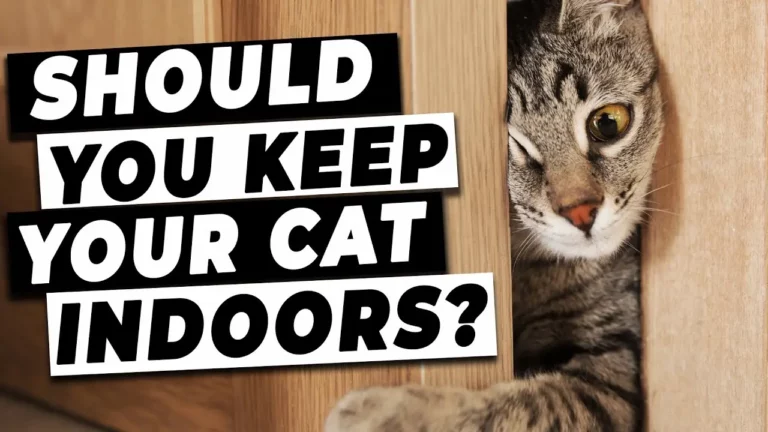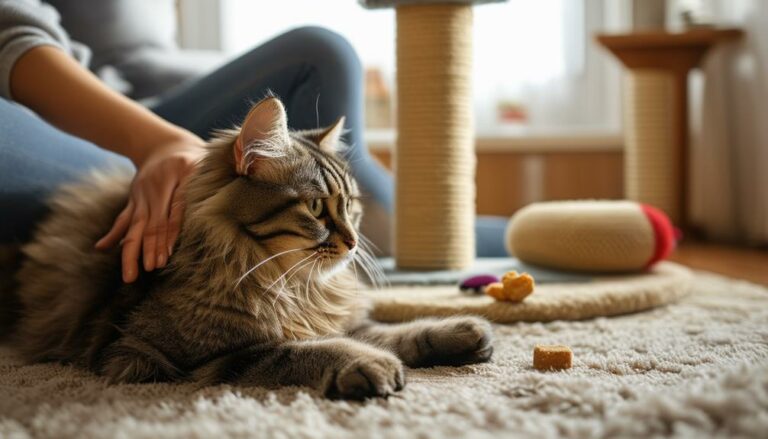Exploring the Charm: Why Are Cats Affectionately Called Pussycats?
Ever wondered why we call our feline friends “pussycat”?
It’s a term that’s as cuddly and affectionate as the creatures themselves, but where did it come from?
The origins of “pussycat” are as mysterious as the animals themselves, shrouded in a history that’s both intriguing and endearing.
Let’s jump into the story behind why cats are called pussycats.
Why Are Cats Called Pussycats?
Diving into the heart of our feline friends’ namesake, I’ve always been curious about why cats are affectionately termed “pussycat.”
It turns out that the term “pussycat” has layers of history and affection woven into it, much like the complex personalities of our beloved cats.
Pussycat originally denoted a female
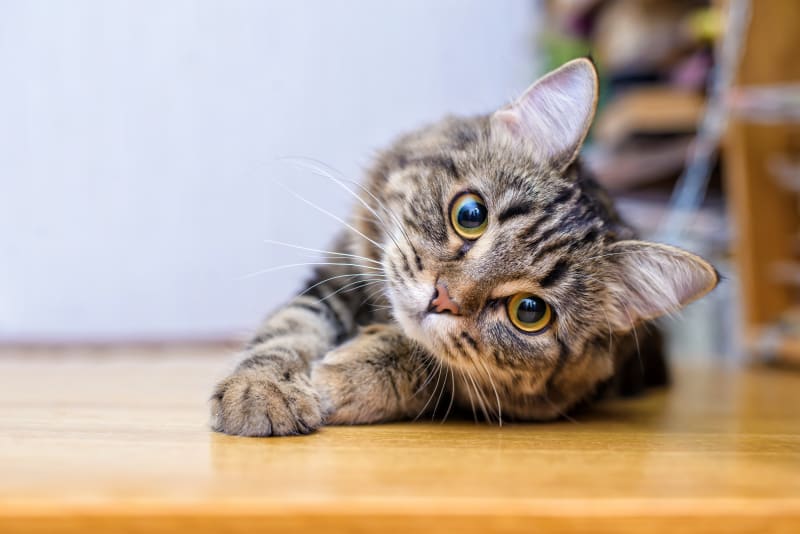
It’s intriguing how gender distinctions in animals can lead to such endearing terms. The term itself is much older than many contemporaneous slang terms, hinting at its deep-rooted presence in our language.
The origins of “pussycat” are somewhat shrouded in mystery, but there’s a charming theory that it could stem from the “psspsspsspss” sound we often use to beckon cats.
This sound-based theory suggests that our interactions with cats have shaped the very names we call them, highlighting a playful and tactile aspect of human-animal relationships.
Also, it’s thought to be a playful term, much like calling a young
This playful language reflects not just a name but an affectionate gesture akin to calling a loved one “sweetie.”
In exploring the reasons behind the term “pussycat,” I’ve found that its use today still carries the affection and warmth it did centuries ago.
Whether it’s the diminutive form adding a layer of fondness or its affectionate connotation cementing a close bond, calling a
The universal appeal and affectionate connotation of “pussycat” have undoubtedly contributed to its enduring popularity.
The Origin Of Pussycat
Digging into the etymology of “pussycat” illuminates a fascinating journey through language.
The story begins in 1533, at least in the written records of the English language. But the roots stretch even further into history, embedding themselves in the Old Norse language.
In Old Norse, “pusa” was an endearing term for cats, something akin to “kitty” in today’s lexicon.
This affectionate naming tradition isn’t just limited to one culture—it’s mirrored across several Germanic languages.
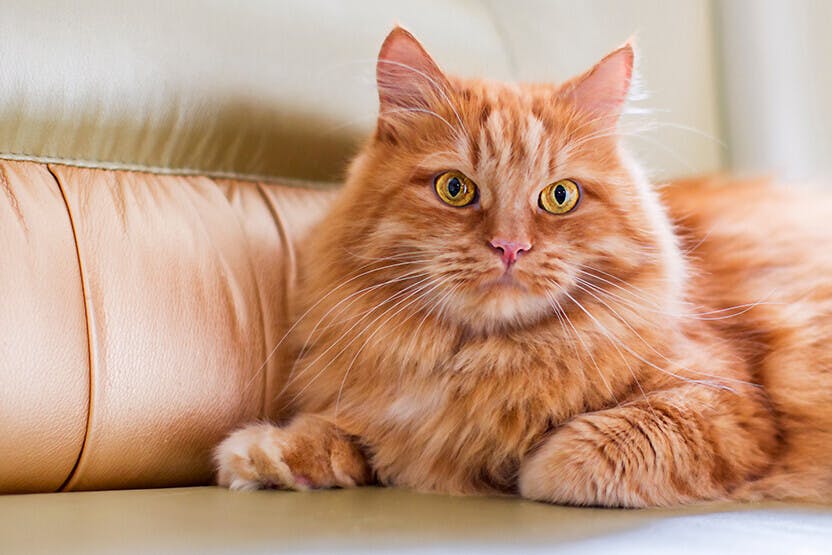
The Dutch refer to cats as “poes,” and the Middle Low German language has “pÅ«se.” What strikes me the most is the warmth that these terms still carry, reflecting a universally affectionate view of our feline friends.
The term “pussycat” itself evolved to denote a female
This distinction mirrors that between chickens and roosters, further emphasizing gender differences within animal terms.
Interestingly, the usage of “pussycat” predates many modern slang terms, adding a layer of historical charm to it.
Where Is The Term Pussycat Used?
In my journey to understand why cats are affectionately called “pussycats,” I’ve discovered that this term isn’t just confined to personal pet names or casual references.
Its uses are as varied as they are fascinating, spanning from literature and media to everyday conversations around the globe.
In literature, “pussycat” has been a term of endearment and character description for ages. Characters in novels or poems who embody the term through their slyness, playfulness, or tenderness are not rare.
Authors often use “pussycat” to add a layer of affection or to subtly hint at a character’s personality traits, drawing parallels with the well-loved feline demeanor.
The term’s prevalence in modern media further emphasizes its enduring appeal. Cartoons, movies, and even songs reference “pussycat” to evoke a sense of warmth, affection, or humor.
It’s a testament to how embedded this term is in our cultural lexicon, often used to convey the complexity of character with a single, evocative word.
On a global scale, “pussycat” is used in numerous languages, always with a shade of endearment and admiration for cats.
While the nuances may vary, the underlying sentiment of affection and fondness for these enigmatic creatures remains a common thread.
This widespread use underscores the universal charm of cats and the terms we use to describe them.
Wrapping Up
The term “pussycat” has woven its way deeply into our culture and language, reflecting the multifaceted nature of our cats.
It’s fascinating to see how this simple term captures the essence of cats so well, from their mysterious allure to their playful and loving sides.
Whether it’s in the pages of a beloved book, the scenes of a classic movie, or just a sweet nickname for our own furry companions, “pussycat” remains a testament to the enduring bond between humans and cats.
It’s a small word, but it carries with it a whole world of affection, history, and cultural significance. And that’s something truly special.
